What is the most addictive drug? Scientists and medical experts rank heroin, nicotine, cocaine, and other substances based on how strongly they hook the brain. Addiction potential depends on how quickly a drug affects the brain, how intense the high is, and how hard it is to stop once started.
How Addiction Potential Is Measured
Researchers look at several factors:
- Dependence: How likely someone is to develop addiction
- Tolerance: How quickly the body adapts and needs more
- Withdrawal: How severe symptoms are when stopping
- Reinforcement: How strongly the brain craves it again
- Dopamine spike: How intensely it activates the brain’s reward center
These criteria come from global addiction research, including data from the National Institute on Drug Abuse (NIDA) and World Health Organization (WHO).
Top 7 Most Addictive Drugs (Ranked)
1. Heroin
- Why it’s #1: Causes a massive dopamine spike—up to 200% above normal.
- How it works: Activates opioid receptors and floods the brain with pleasure.
- Risk: Extremely high. Dependence can form after just a few uses.
- Withdrawal: Painful and intense—sweating, nausea, bone pain.
2. Cocaine
- Why it’s addictive: Blocks dopamine reuptake, causing buildup and euphoria.
- Speed: Fast-acting, especially when smoked (crack cocaine).
- Risk: High psychological addiction. Often binged.
- Withdrawal: Crash with fatigue, depression, and cravings.
3. Nicotine
- Why it hooks you: Acts fast—reaches the brain in 10 seconds when smoked.
- Reinforcement: Very high. People smoke dozens of times a day.
- Risk: Extremely habit-forming and socially normalized.
- Withdrawal: Irritability, anxiety, weight gain.
4. Methamphetamine
- Impact: Releases more dopamine than almost any other drug.
- Addiction speed: Rapid onset of dependence.
- Brain damage: Long-term use alters brain structure.
- Withdrawal: Depression, paranoia, sleep problems.
5. Alcohol
- Why it’s on the list: Legal, widely available, and socially accepted.
- Risk: High potential for both physical and psychological addiction.
- Withdrawal: Can be fatal (seizures, delirium tremens).
6. Benzodiazepines (e.g., Xanax, Valium)
- How they work: Enhance GABA, the brain’s calming chemical.
- Risk: High for dependence and dangerous withdrawal.
- Use case: Prescribed for anxiety but prone to abuse.
7. Barbiturates
- Similar to benzos: Sedative effect, high overdose risk.
- Less common: Prescribed less today due to addiction risk.
Other Substances Worth Mentioning
Fentanyl
- Potency: 50-100x more powerful than morphine
- Overdose risk: Extremely high; primary driver of the opioid epidemic
Cannabis (Marijuana)
- Addiction rate: ~9% of users, higher in teens
- Debate: Not as physically addictive, but psychological dependence is real
Caffeine
- Widespread use: Found in coffee, energy drinks, etc.
- Addiction symptoms: Withdrawal includes headaches, fatigue, irritability
Why Some Drugs Are More Addictive Than Others
Drugs that enter the brain quickly and cause a sharp dopamine spike tend to be the most dangerous. The brain remembers the high and seeks to repeat it—fast. This creates a cycle of craving, use, crash, and withdrawal.
The Role of Dopamine
All addictive drugs manipulate the brain’s reward system, especially dopamine:
- Heroin and meth flood the brain with dopamine
- Cocaine prevents dopamine from being reabsorbed
- Nicotine mimics dopamine release through receptor activation
Link: Dopamine Addiction
Over time, the brain becomes less responsive to normal pleasure and more reliant on the drug to feel anything at all.
How Addiction Develops
- Exposure: Trying the drug (often under peer pressure)
- Reinforcement: Feeling good, brain says “do that again”
- Tolerance: Needing more to get the same effect
- Dependence: Feeling bad without it
- Addiction: Prioritizing the drug over everything else
Link: What Is Addiction?
Risks of High-Addiction Drugs
- Overdose and death
- Long-term brain damage
- Heart and liver failure
- Incarceration and job loss
- Family and relationship breakdowns
How to Get Help
If you or someone you love is struggling with drug addiction:
1. Reach Out to a Professional
- Contact a therapist, addiction counselor, or doctor
- Look for local treatment centers
2. Consider Detox and Rehab
- Medical detox may be necessary for alcohol, heroin, or benzos
- Inpatient and outpatient programs offer structure and support
3. Join Support Groups
- 12-Step groups (NA, AA)
- SMART Recovery
4. Use Evidence-Based Therapies
- Cognitive Behavioral Therapy (CBT)
- Medication-Assisted Treatment (MAT) for opioids and alcohol
Link: Mental Health Support
Final Thoughts: The Most Dangerous Drug Is the One You Can’t Quit
There’s no single “most addictive drug” for everyone. The most dangerous substance is the one that’s ruining your life, body, or relationships. But no matter how deep the addiction, help is available—and recovery is always possible.
References
- National Institute on Drug Abuse (NIDA): https://nida.nih.gov
- World Health Organization (WHO): https://www.who.int
- The Lancet Study on Drug Harm (David Nutt et al.): https://www.thelancet.com/journals
